1031 Tax Deferred Exchange in Austin as well as anywhere else in U.S.
A 1031 Tax-Deferred Exchange is a transaction that allows property owners to preserve the full value of their investment property. A 1031 Exchange allows owners who decide to dispose of their investment properties, to do so and avoid having to pay capital gains taxes by allowing them to reinvest their sales proceeds for “like kind” properties.
OVERVIEW
The general rules governing a 1031 Exchange are fairly simple. Any kind of property (real or personal) can be exchanged provided the relinquished property was previously held for investment purposes. Under most circumstances, a personal residence will not qualify as a tax-deferred exchange.
LIKE KIND
The replacement property must be of “like kind” to the relinquished property. “Like kind” does not mean exactly the same. Most any real property is considered “like kind” to other real property such as the exchange of a single-family rental home for a condominium, warehouse or office building.
PROPERTY VALUE
- As a rule of thumb, the property you acquire must have both value and equity equal to, or greater than the property relinquished.
TIME FRAME (Identification Period)
The property to be acquired must be identified within 45 days of the closing of the relinquished property. Property identification rules include:
- Three (3) PROPERTY RULE: Up to three (3) properties may be identified, no matter what their value, OR
- 200 PERCENT RULE: Any number of properties may be identified, as long as their combined fair market value isn’t more than twice that of the relinquished property, OR
- 95 PERCENT RULE: Any number of properties may be identified, regardless of their combined fair market value, as long as you acquire 95% of that total value.
EXCHANGE PERIOD
The acquisition of the new property must be completed within 180 days of the transfer of the relinquished property, or by the filing date of the tax return for the year the first property was transferred, whichever comes first. These time restrictions must be strictly followed for the exchange to be allowed by the IRS. The IRS does not grant extensions.
STEPS INVOLVED IN A SUCCESSFUL EXCHANGE
Purchase Contract
. A contract is executed between the Buyer and Seller for the purchase and sale of the relinquished property. The purchase contract should contain a “cooperation clause” in which the Buyer agrees to cooperate with Seller in structuring and completing a 1031 exchange. The Seller (or Buyer) will assign their interest in the agreement to a Facilitator or a Qualified Intermediary (FAC or QI).
Exchange opened.
The exchange is set up with the FAC or QI usually after escrow has been opened for closing the sale. The necessary documentation to affect the exchange should then be prepared. The Exchange Agreement (between the taxpayer and the FAC or QI) defines the exchange transaction and sets forth the obligations of both the taxpayer and FAC or QI. An Assignment of the relinquished property purchase contract to FAC or QI is prepared, assigning the rights as Seller to the FAC or QI.
Closing the relinquished property.
The relinquished property closes when all conditions of sale have been met and the property is conveyed to the Buyer. While the conveyance will be directly from Seller to the Buyer, it will represent a transfer from the Seller to the FAC or QI in exchange for other property to be received at a later date. The proceeds from the sale are delivered directly to the FAC or QI for the replacement property. At no time should the Seller be in either actual or constructive receipt of the cash proceeds.
Exchange documentation for the acquisition property
After the identification of a suitable “like kind” replacement property and a decision as to which property will be acquired, a purchase contract will be entered with the Seller. The property must be one or more of the properties identified by the end of the 45 day identification period
Identification of replacement property
The time period to identify the property (or properties) to be purchased as the replacement property starts on the closing of the relinquished property. Forty-five (45) days from the date of transfer is allowed to identify the acquisition
Identification of replacement property
The Assignment of the purchase contract for the replacement property and the Release and Warranty to be executed by the Buyer and Seller should then be prepared. Instructions should also be prepared for the settlement agent noting the necessary items to complete th
Closing the replacement property.
When the conditions of closing have been met, the FAC or QI should deliver the funds it has been holding to the settlement agent to acquire the replacement property. The Seller will convey the replacement property directly to the Buyer. The closing of the replacement property must occur within 180 days of the transfer of the relinquished property (or by the tax return due date, if earlier) in order for the transaction to qualify for Section 1031

